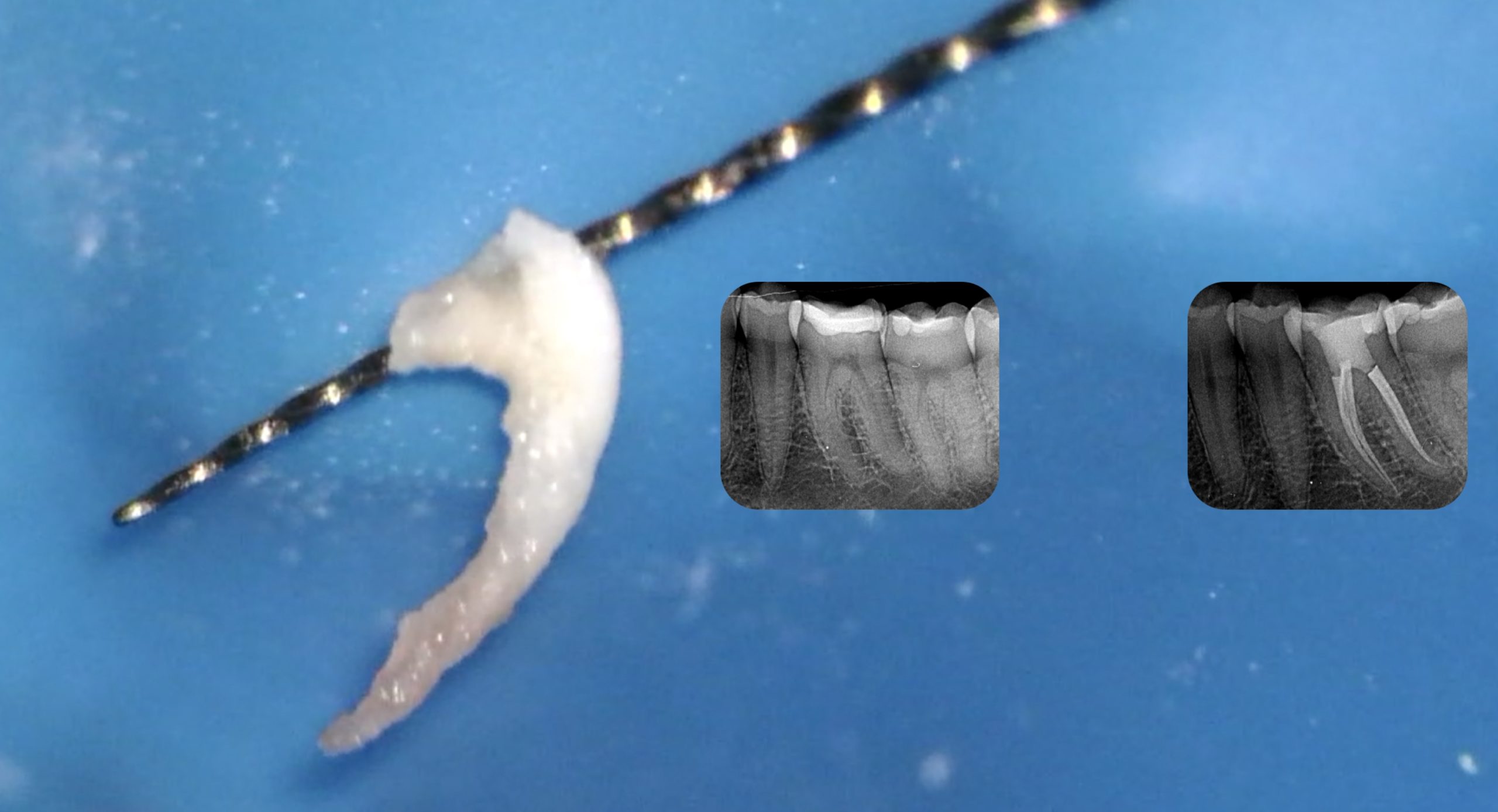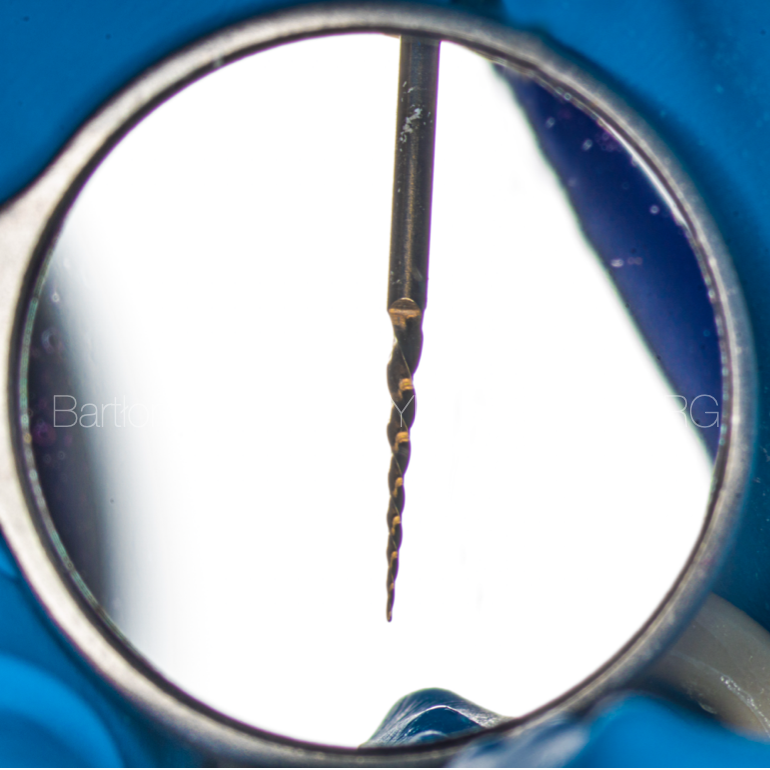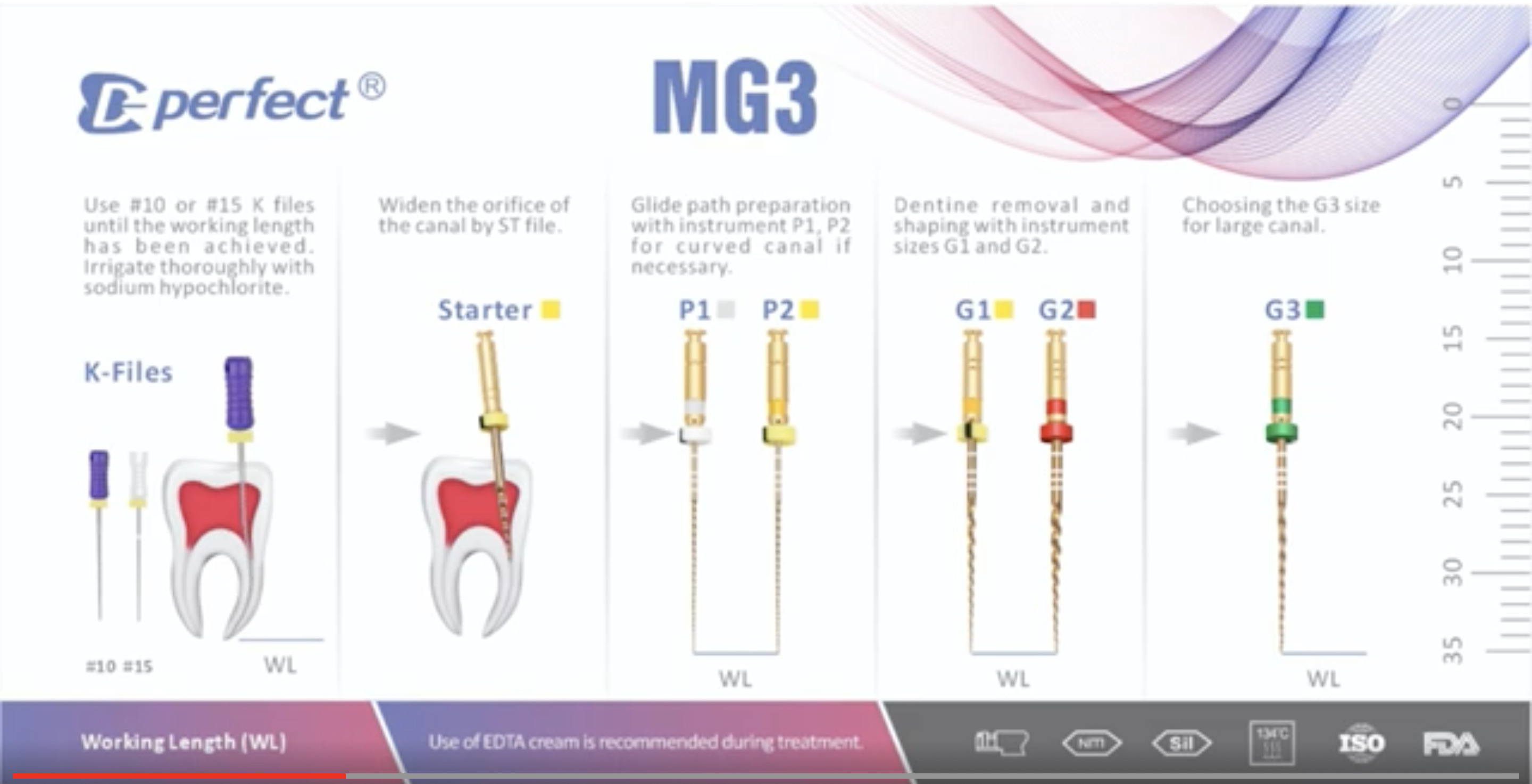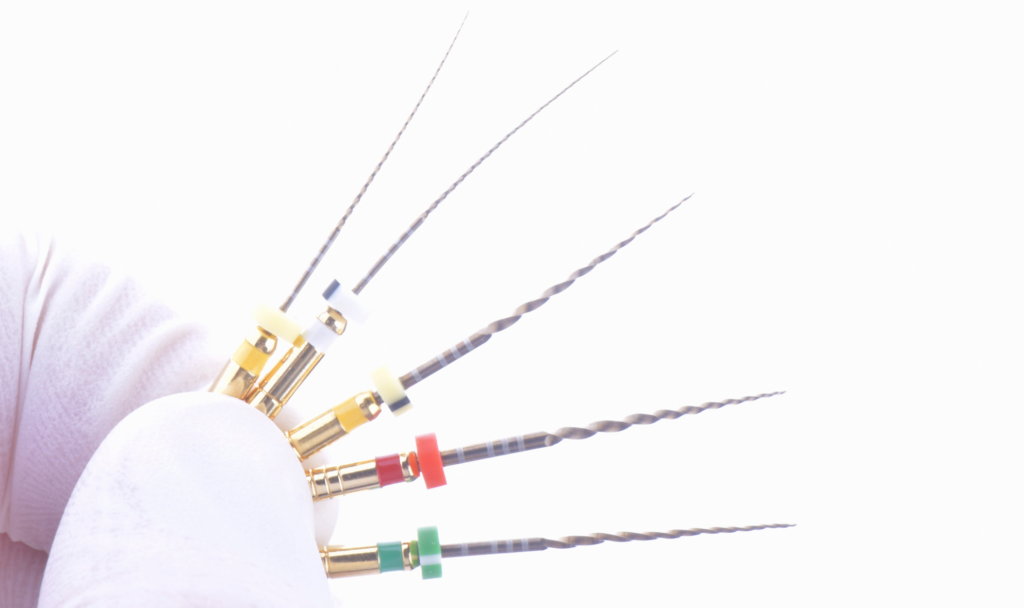
Shaping with mg3 gold
21/04/2022
Gabriele Ragucci
Warning: Undefined variable $post in /var/www/vhosts/styleitaliano-endodontics.org/endodontics.styleitaliano.org/wp-content/plugins/oxygen/component-framework/components/classes/code-block.class.php(133) : eval()'d code on line 2
Warning: Attempt to read property "ID" on null in /var/www/vhosts/styleitaliano-endodontics.org/endodontics.styleitaliano.org/wp-content/plugins/oxygen/component-framework/components/classes/code-block.class.php(133) : eval()'d code on line 2
“Even a dentist who is not confident with his obturation technique can easily obturate a root canal with warm gutta-percha as long as the root canal has been cleaned and shaped lege artis” Shilder 1987
This article will show the advantages of the MG3 Gold instruments and how can we customize the sequence of these files according the encountered anatomy and case difficulty for predictable root canal shaping with a high safety margin.
We have to divide our cases into simple and complex. and modulate our shaping according to this difference.,
I personally love a totally mechanical shaping, immediately using a large file 25.06 to remove interferences from the coronal and middle 1/3 with a step back approach in easy canals.
while in the more complex canals we are forced to use the whole systematic proposal, and these sequences provide us the gliders that are perfect for these use, always with a step back approach removing interferences from coronal to apical.
even within the same tooth we can find simple and complex canals, as in the case presented where we only shape mb2 using gliders.
let's take a deeper look at this system, trying to understand all the advantages of each instrument, and the different strategies to shaping procedures.
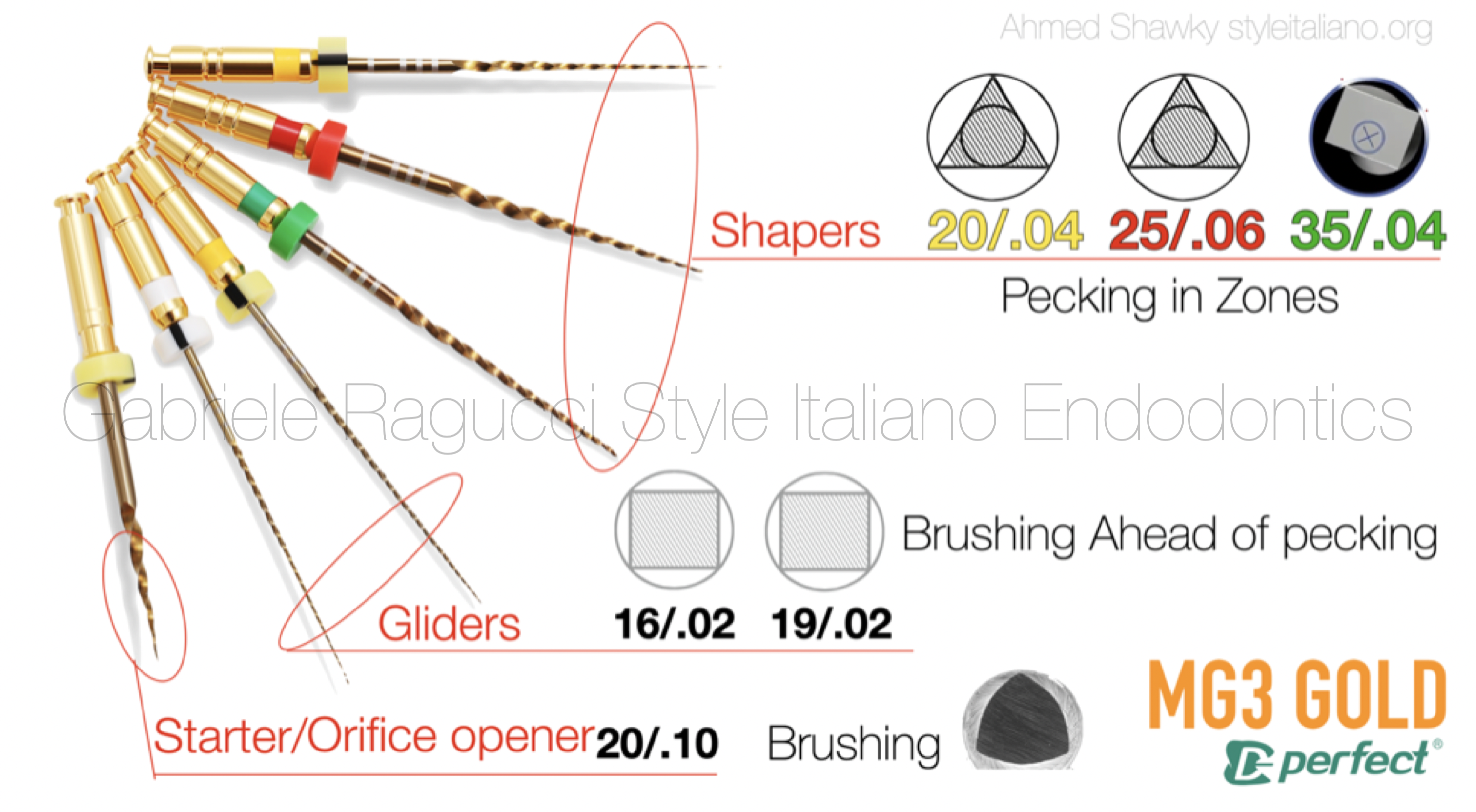
Fig. 1
Description of the MG3 system
The main advantage of this file sytem is the presence of different designs and cross section in the same instrument kit, a smart thing for dealing with different anatomies.
Courtesy of Dott Ahmed Shawky
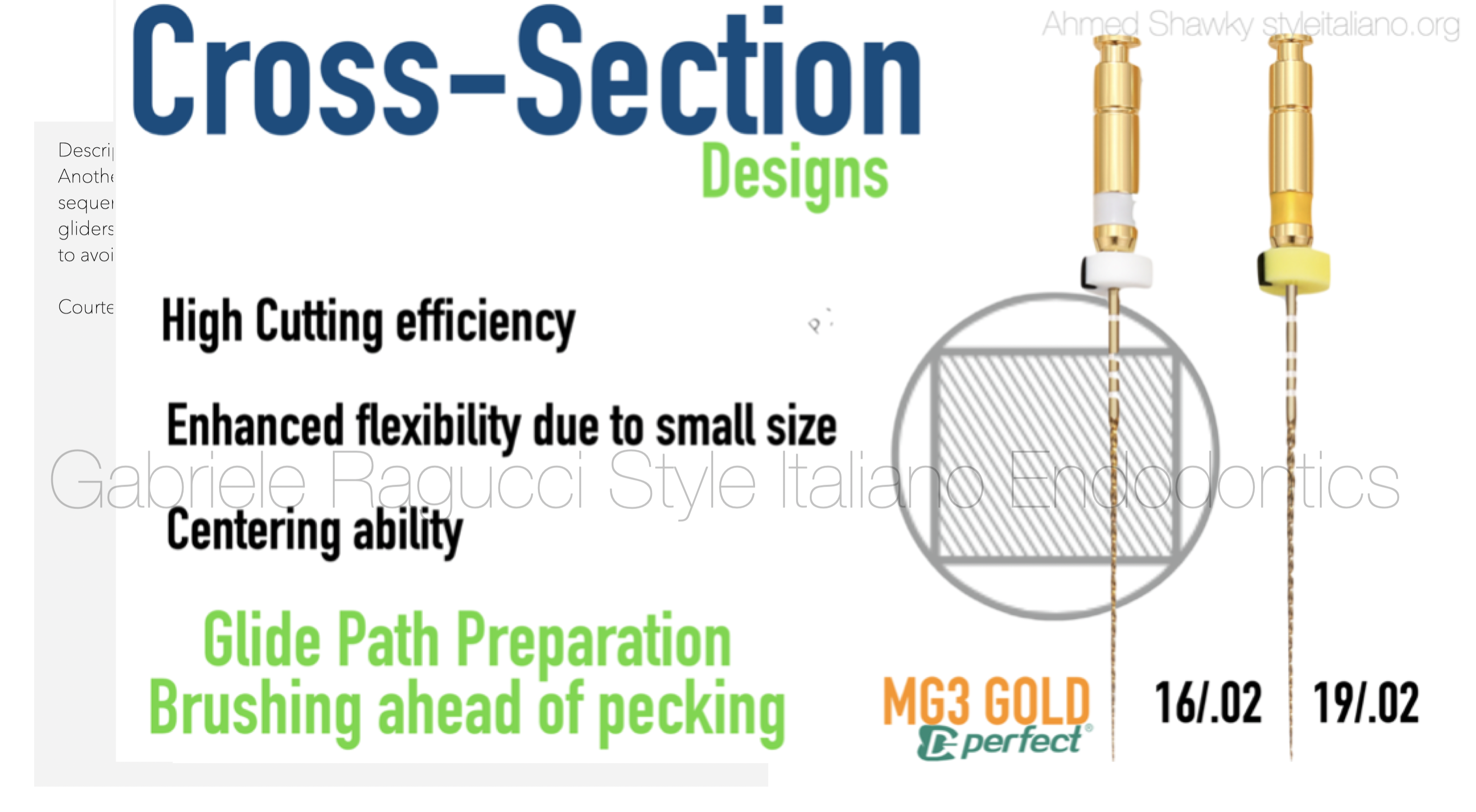
Fig. 2
Description of the MG3 system
Another advantage in this system is having two glide path files. They can be used sequentially or not depending on the case difficultyDue to the small size of the gliders, it is recommended to use them with “Brushing ahead of pecking” motion to avoid torsional failures
Courtesy of Dott Ahmed Shawky
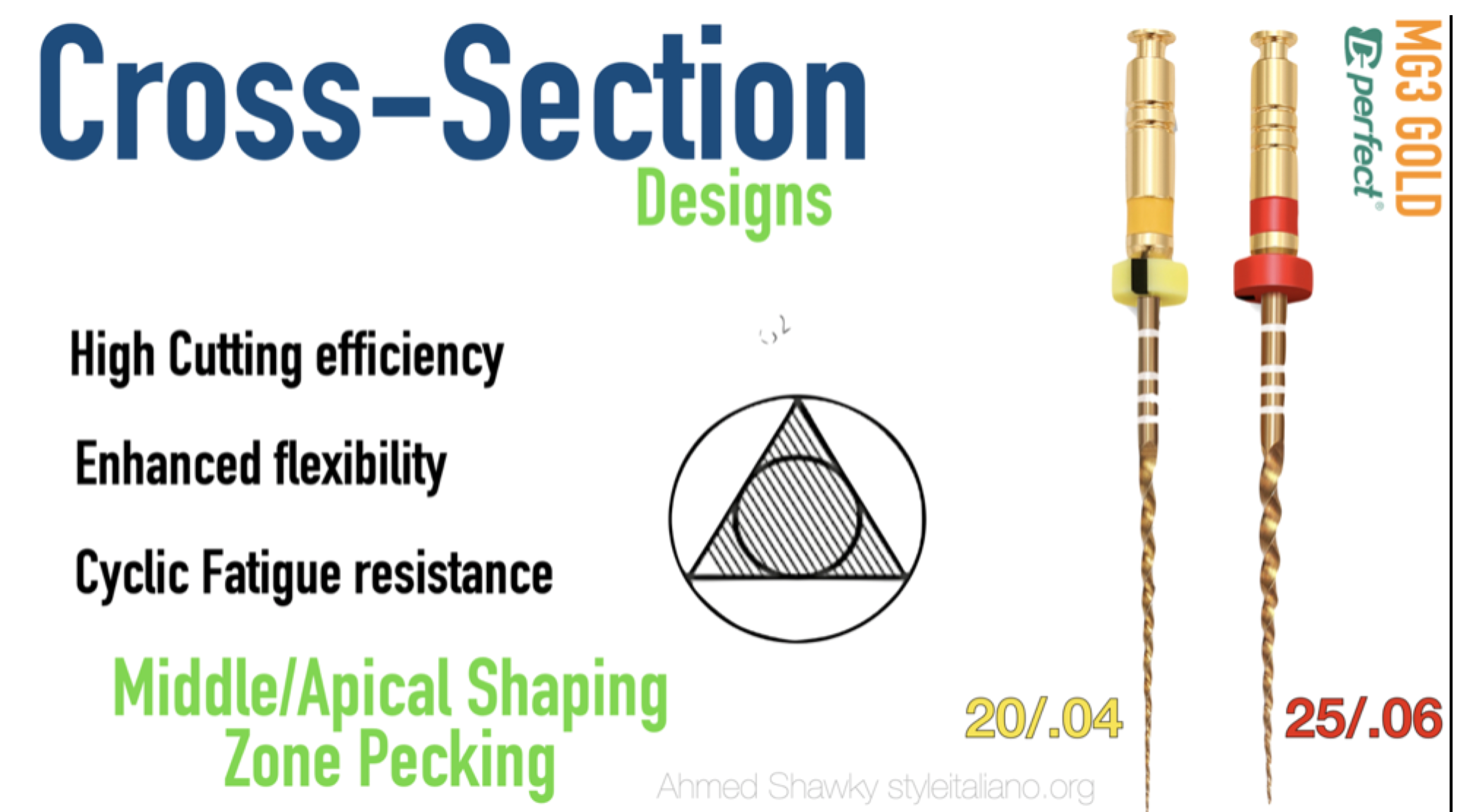
Fig. 3
The cross section of the shaping files is traingular
This cross sectional design provides sharp blades for enhanced cutting efficiency and in the same time reduces the metal core of the instrument as the size is increased to maintain flexibility.
The Gold heat treatment provides a wear resistant surface with superior cutting behavior while enhancing the cyclic fatigue resistance.
The 25/4% file can be used in body shaping and can be used as a finishing file in cases with anatomical limitations such as severely curved canals.
The 25/6% file can be used for Pressurless preflaring as well as a shaping/finishing file.
Courtesy of Dott Ahmed Shawky
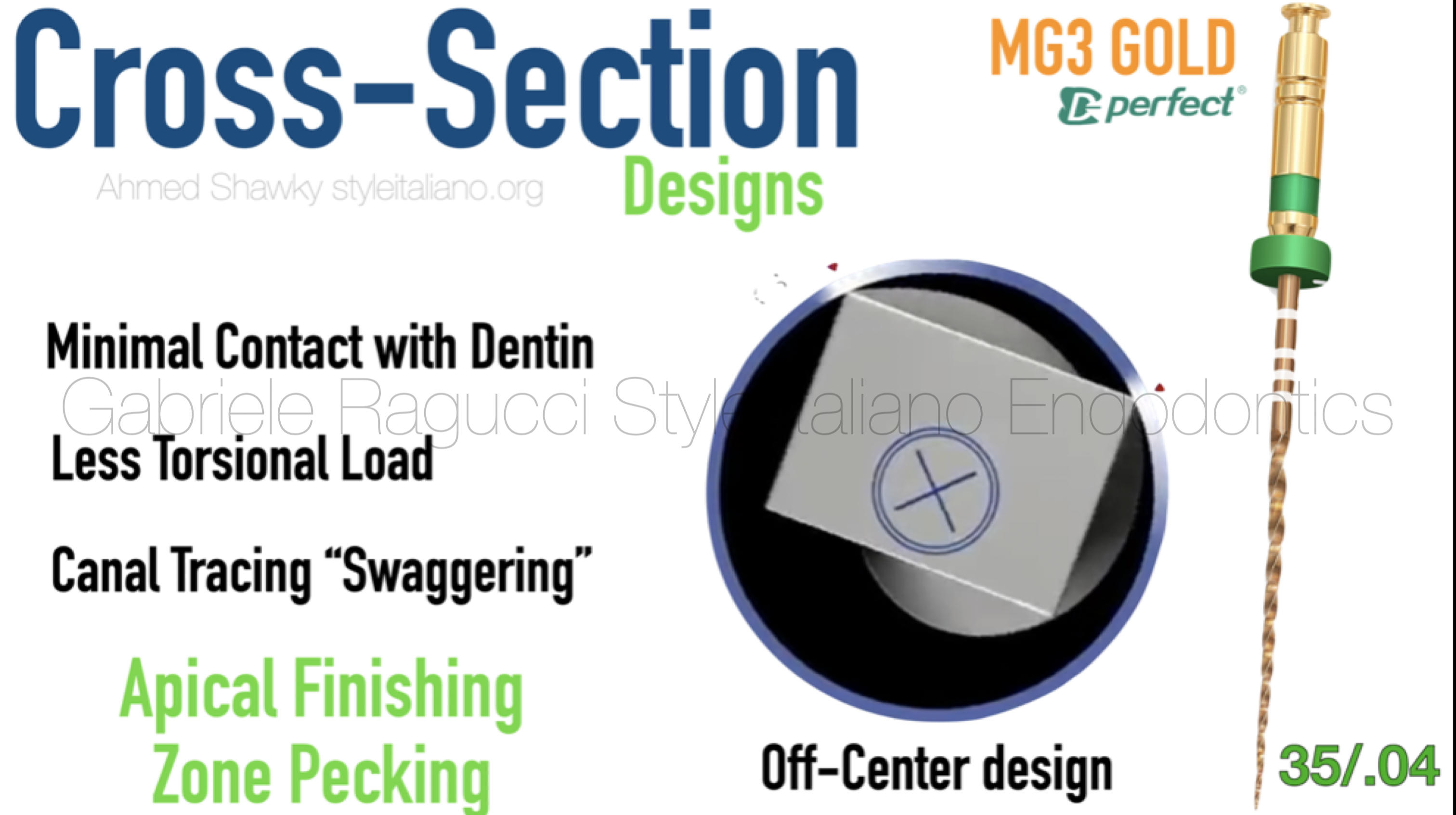
Fig. 4
The 35/4% file is an optional file for increasing the preparation size in large root canals. It is used in zone pecking maneuvers.

Fig. 5
Easy canal protocol
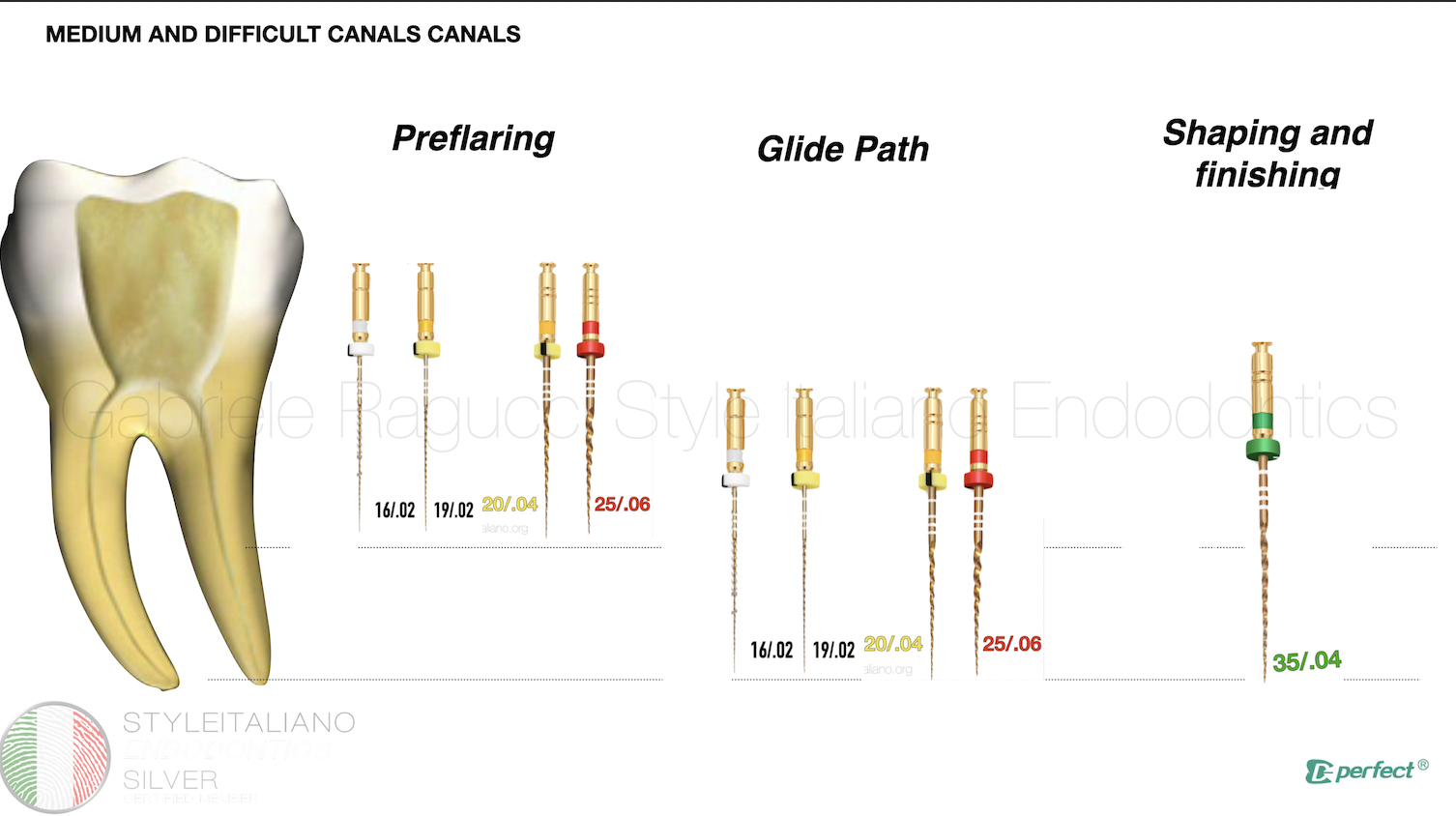
Fig. 6
Medium and difficult canal protocol
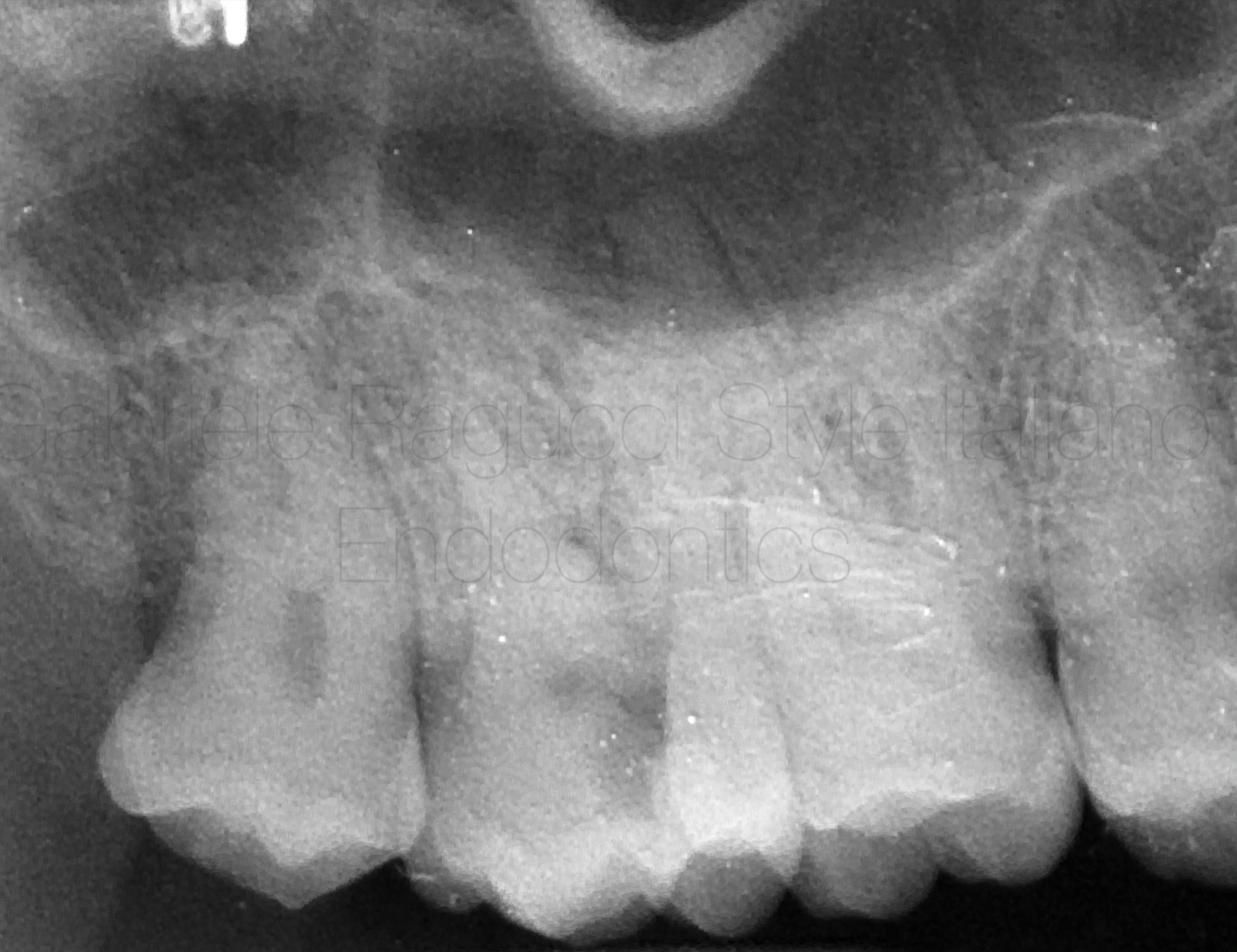
Fig. 7
Preoperative xray
VIDEO STEPS OF THE TREATMENT
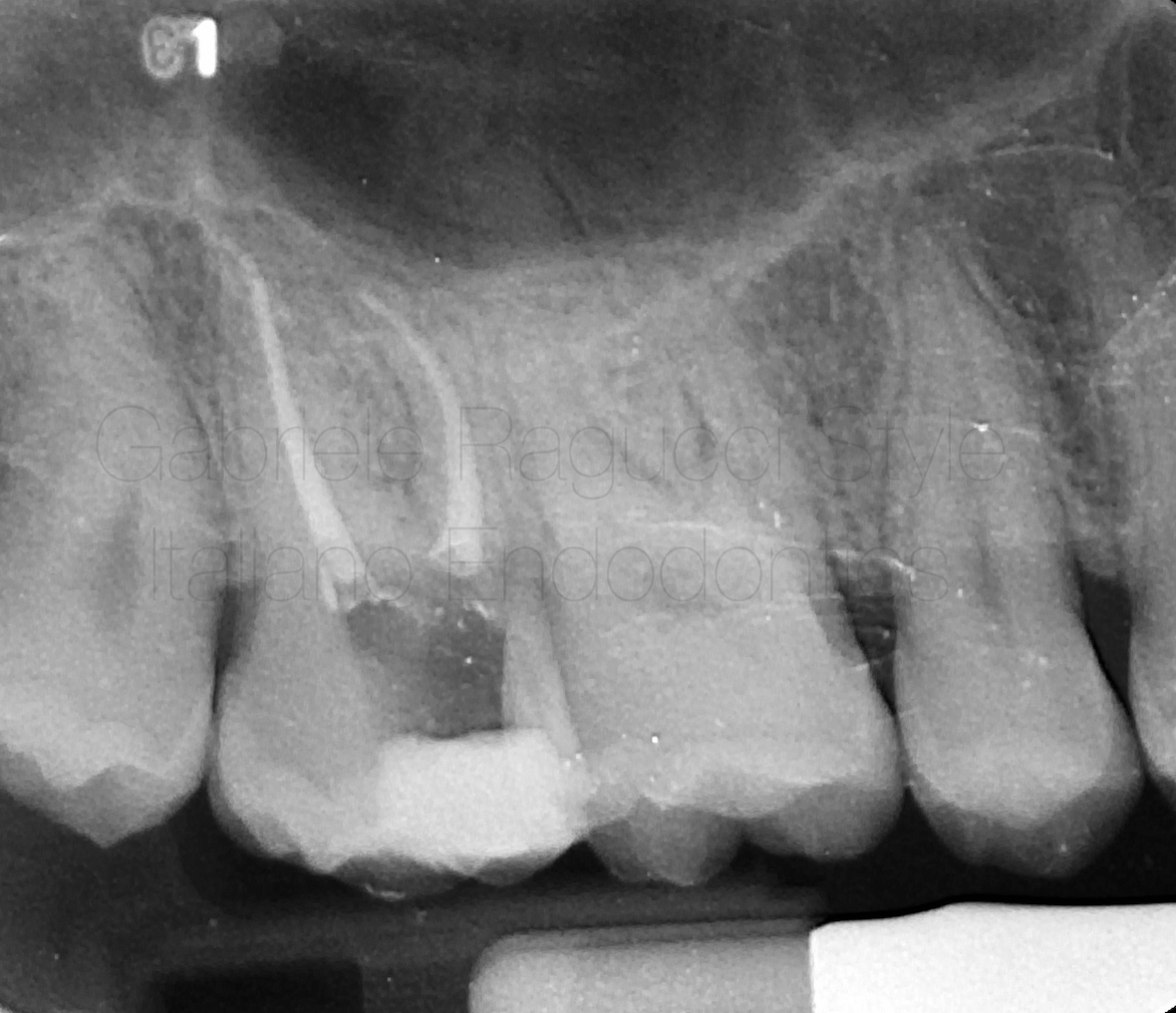
Fig. 8
Post operative xray
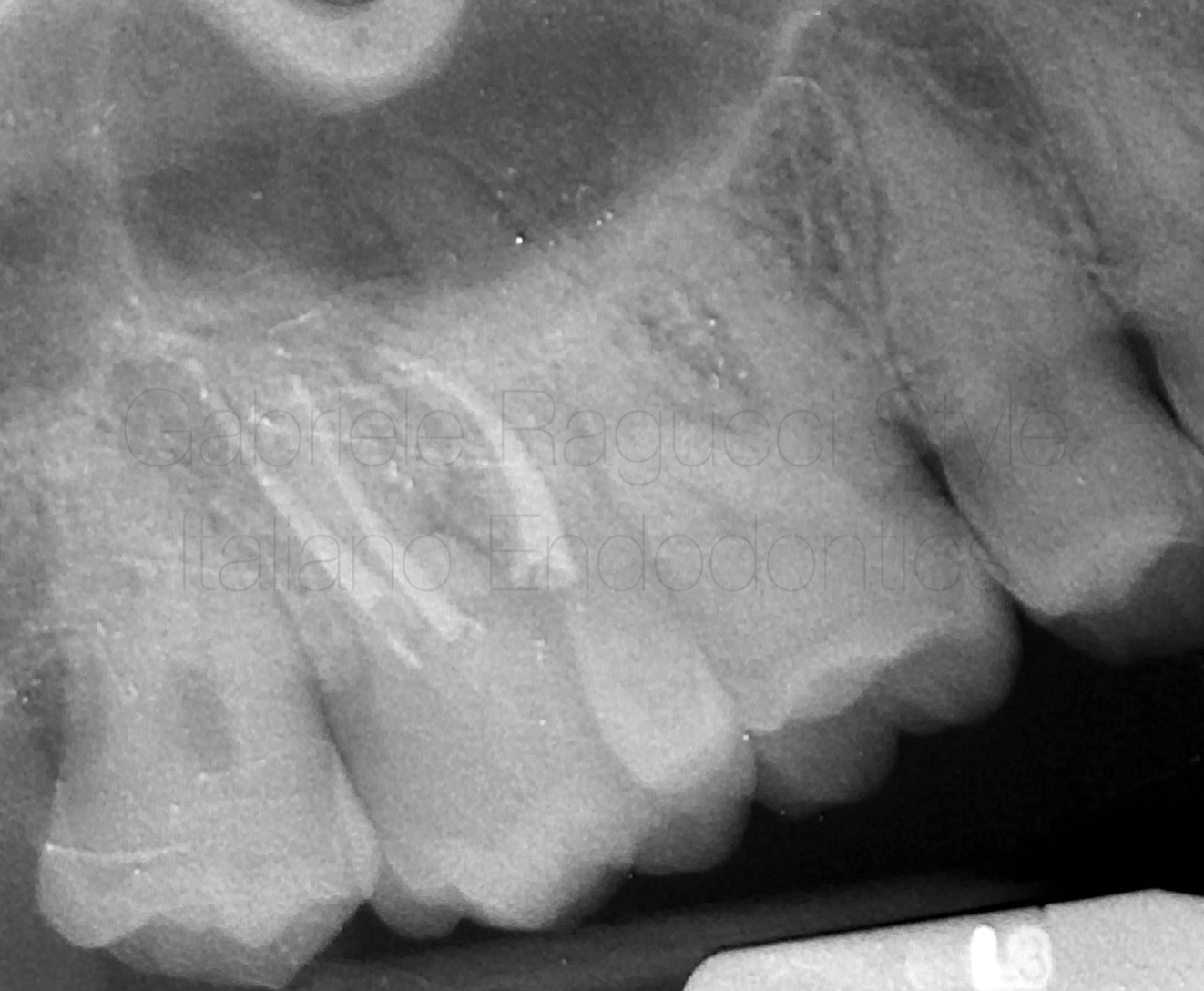
Fig. 9
Post op X-ray with composite filling
Conclusions
The rational for treatment is the most important part in our therapies, understand the case difficulties a step back approach and correct instruments can lead us to endodontic success.
Bibliography
- Schilder H. Cleaning and shaping the root canal. Dent Clin North Am. 1974; 18: 269-296
- Schilder H. Filling root canals in three dimensions. Dent Clin North Am. 1967; : 723-744
- Swati Srivastava, Current Strategies in Metallurgical Advances of Rotary NiTi Instruments: A Review J Dent Health Oral Disord Ther 2018, 9(1): 00333
- Gao Y, Gutmann JL, Wilkinson K, Maxwell R, Ammon D (2012) Evaluation of the impact of raw materials on the fatigue and mechanical properties of ProFile Vortex rotary instruments 10.1016/j.joen.2011.11.004
- Shen Y, Qian W, Abtin H, Gao Y, Haapasalo M (2011) Fatigue testing of controlled memory wire nickel-titanium rotary instruments J Endod 2011 Jul;37(7):997-1001. doi: 10.1016/j.joen.2011.03.023.


